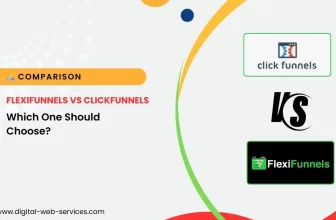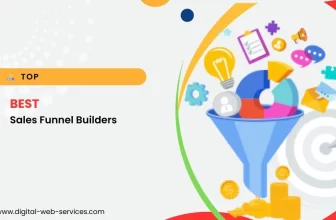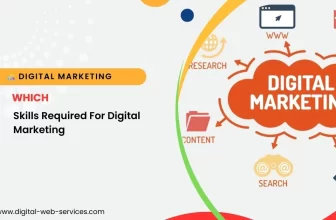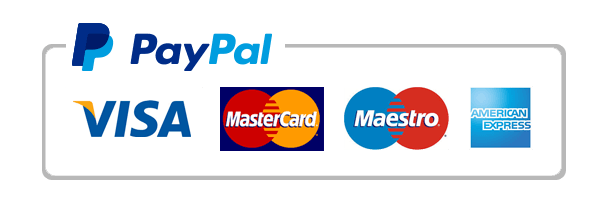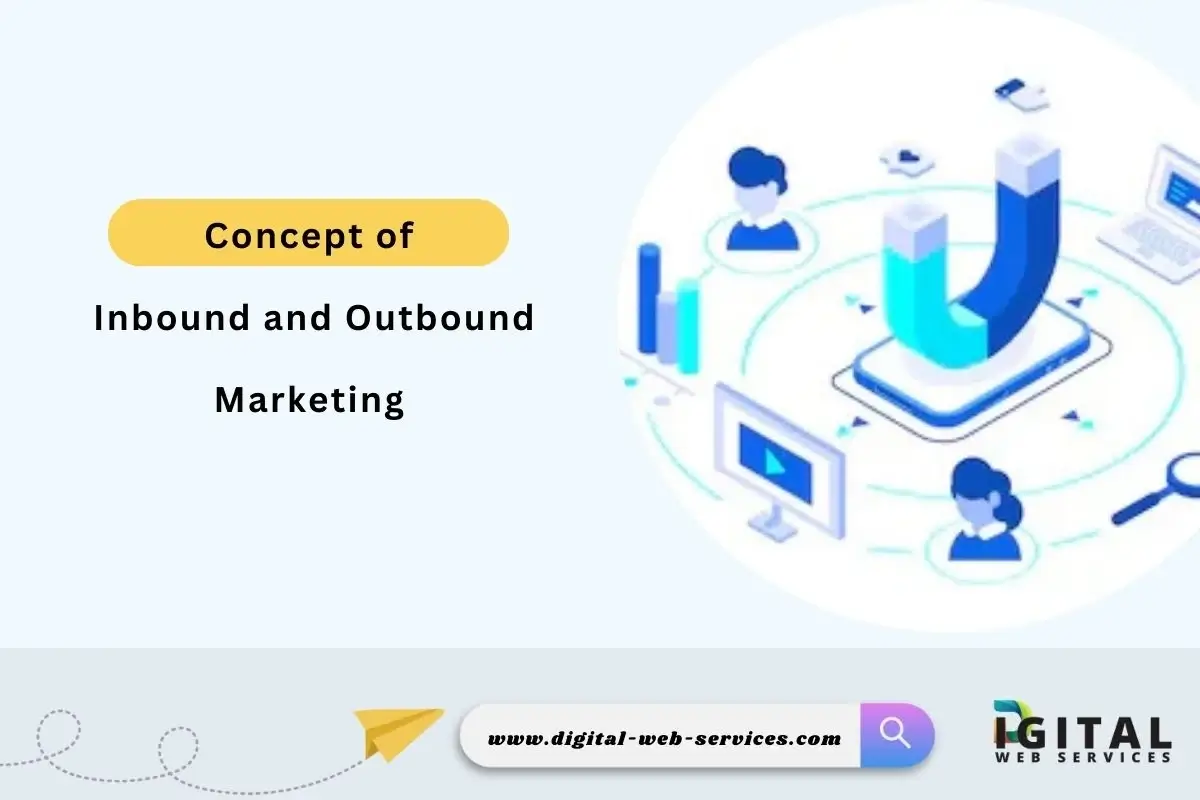
Inbound and outbound marketing are two fundamental approaches businesses use to reach and engage their target audiences, but they differ significantly in strategy, purpose, and methods. in this post, we can understand the concept of inbound and outbound marketing.
Inbound Marketing
Inbound marketing is a customer-centric approach that focuses on attracting potential customers by providing valuable content and experiences tailored to their needs and interests. Instead of actively reaching out to prospects, inbound marketing aims to “pull” them in. The strategy typically includes:
- Content Creation: Producing blogs, videos, ebooks, infographics, webinars, and other valuable content that addresses the needs or problems of the audience.
- SEO (Search Engine Optimization): Optimizing content so it appears prominently in search engine results, making it easier for potential customers to find.
- Social Media Marketing: Sharing valuable content and engaging with customers on social platforms to build a following and establish trust.
- Lead Nurturing: Engaging with prospects through email campaigns or targeted content that guides them through the buyer’s journey.
The goal of inbound marketing is to attract, engage, and delight customers, turning them into loyal promoters of the brand. It’s about building a relationship with prospects by being genuinely helpful rather than interruptive.
Example:
A software company might create a blog and post articles on productivity tips and the latest software trends. When people search for these topics, they find the company’s blog, which increases their likelihood of becoming customers.
Outbound Marketing
Outbound marketing, on the other hand, is a more traditional, interruptive approach. It involves actively pushing a message out to a large audience, regardless of whether they have shown interest in the product or service. This approach is often less targeted and can include:
- Advertising: TV, radio, print, and online ads (e.g., display ads, banner ads).
- Cold Calling and Cold Emailing: Reaching out directly to potential customers without prior contact.
- Direct Mail: Sending physical marketing materials, like brochures or postcards, to people’s mailboxes.
- Events and Sponsorships: Showcasing a brand at trade shows, conferences, or sponsoring events to reach a broad audience.
The goal of outbound marketing is to generate quick interest, leads, or sales. Since it reaches people who may not have expressed interest, it can sometimes be perceived as disruptive. However, when well-executed and strategically targeted, outbound tactics can help a brand quickly increase awareness and conversions.
Example:
A fitness equipment company places an ad in a popular fitness magazine, aiming to catch the eye of health-conscious readers who might want to buy new exercise gear.
Key Differences Between Inbound and Outbound Marketing
| Aspect | Inbound Marketing | Outbound Marketing |
|---|---|---|
| Approach | Pull (attracts customers to the brand) | Push (actively reaches out to customers) |
| Audience Targeting | Highly targeted, interest-based | Broad, less targeted |
| Communication Style | Helpful, informative | Interruptive, promotional |
| Examples | Blogs, SEO, social media, email nurturing | TV ads, cold calling, direct mail |
| Cost Efficiency | Cost-effective over time | Can be costly per impression |
| Goal | Build relationships, trust, and loyalty | Drive immediate awareness, leads, and sales |
Which to Use?
Many businesses today combine both inbound and outbound strategies to maximize their reach and effectiveness. Inbound marketing is often a great choice for long-term brand building and establishing customer loyalty, while outbound marketing can be effective for driving quick awareness, and sales, or filling the pipeline with leads. It depends on a business’s goals, target audience, and resources.
Digital Web Services (DWS) is a leading IT company specializing in Software Development, Web Application Development, Website Designing, and Digital Marketing. Here are providing all kinds of services and solutions for the digital transformation of any business and website.



